
Maków Podhalański
Elaboration author
Artur Karpacz
Monuments
Parishes
People
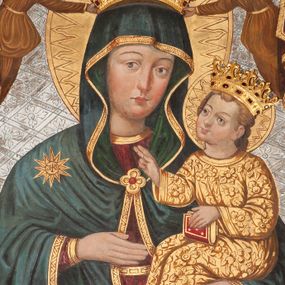
Madonna and the Child
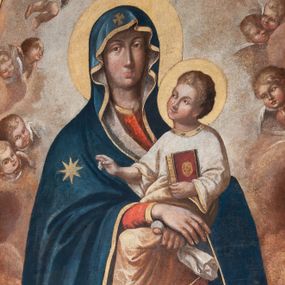
Our Lady of the Snows
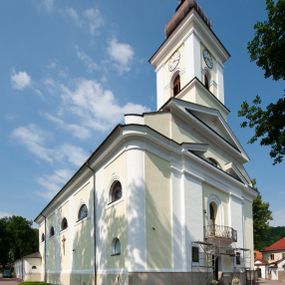
Transfiguration of Jesus Church in Maków Podhalański
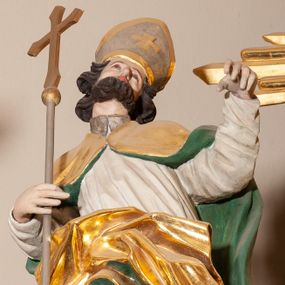
Sculpture of St. Adalbert
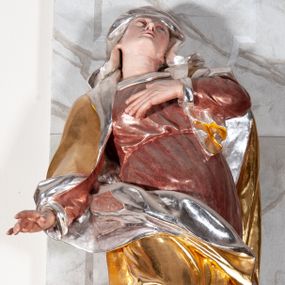
Sculpture of St. Anne
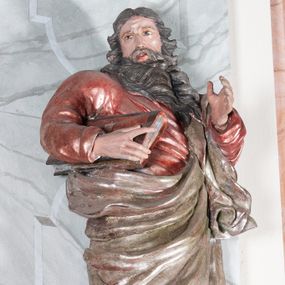
Sculpture of St. Joachim
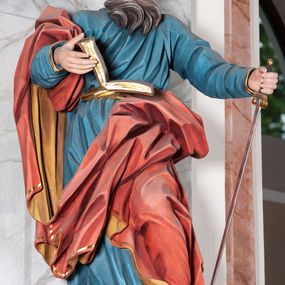
Saint Paul's sculpture
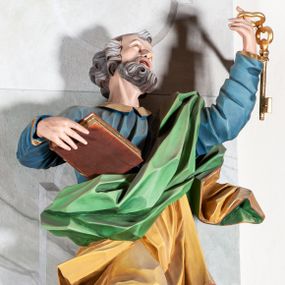
Saint Peter Sculpture
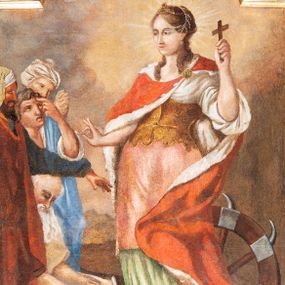
St. Catherine of Alexandria
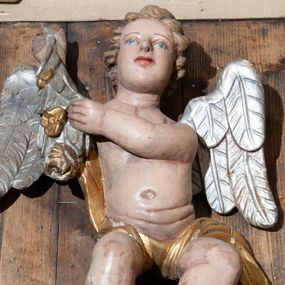
Two angels
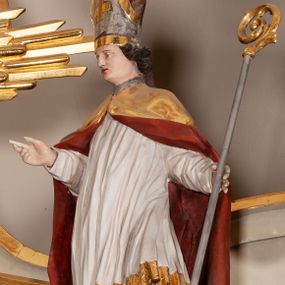
Sculpture of St. Stanislaus
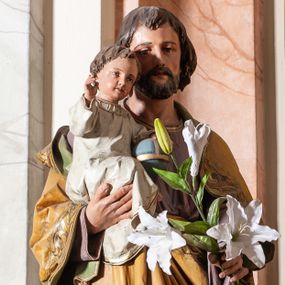
Sculpture of St. Joseph and the Child
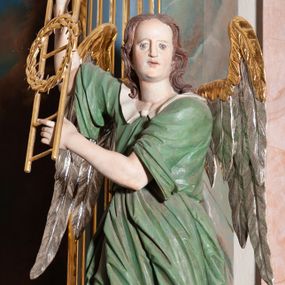
Angel sculpture
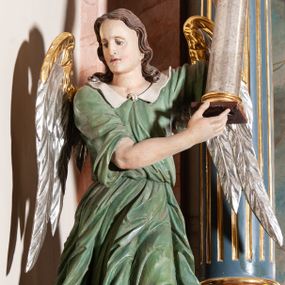
Angel with arma Christi
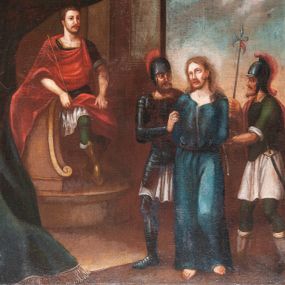
Stations of the Cross
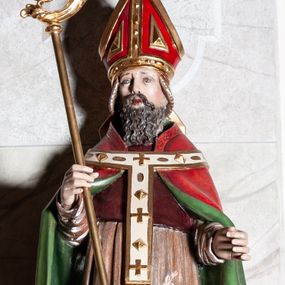
Sculpture of St. Clement of Rome
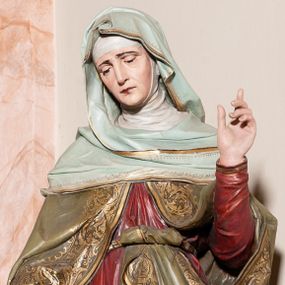
Sculpture of St. Anne teaching Mary
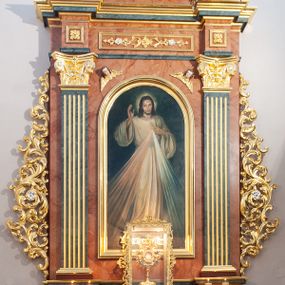
Side altar
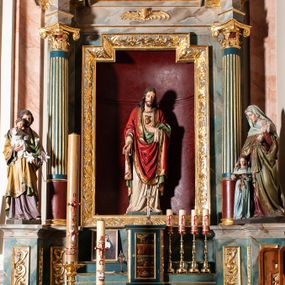
Right side altar
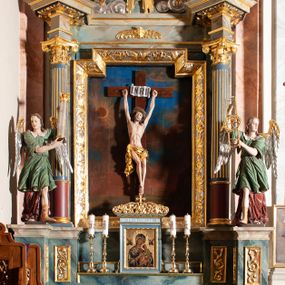
Left side altar
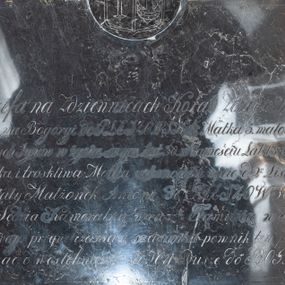
Epitaph plaque of Józefa Zdzieńska Pleszowska
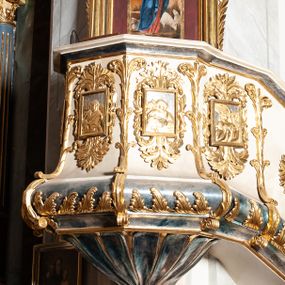
Pulpit
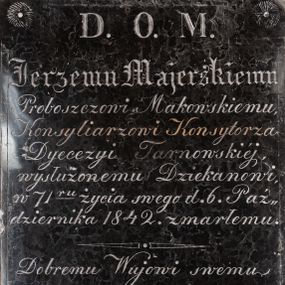
Epitaph plaque of father Jerzy Majerski
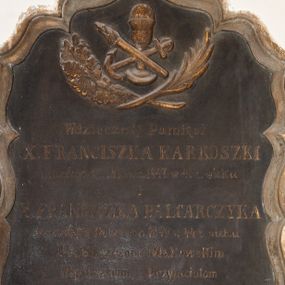
Epitaph plaque of Franciszek Karkoszka and Franciszek Balcarczyk
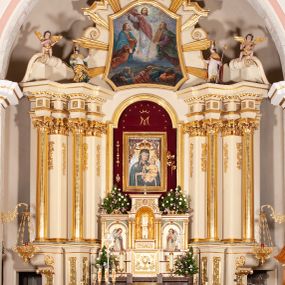
High altar
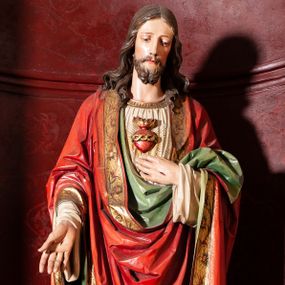
The sculpture of the Most Sacred Heart of Jesus
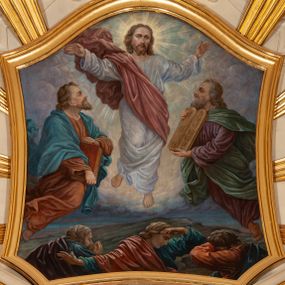
Transfiguration of Jesus painting
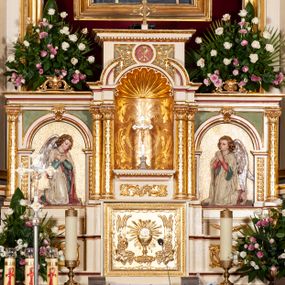
Tabernacle
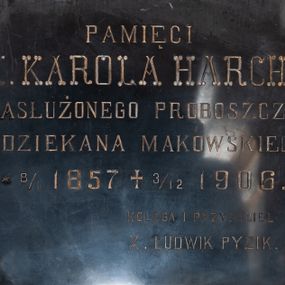
Epitaph plaque of Karol Harche

Two choir-stalls
History abstract
Maków Podhalański was most probably founded at the turn of the 14th and 15th centuries, when the owners of the Lanckorona starosty began their settlement expansion in the region of Babia Góra. In the middle of the 16th century, there were 29 peasants in Maków, cultivating about 70 ha of fields, as well as a few homesteads with small farms. Important social groups also included logger farmers who specialised in cutting down forests as well as Vlach shepherds. The production of shingles, barrels and pots, which were then sold in Skawina, Cracow or Wieliczka, was an important part of the local economy. In 1655, the estate was taken over by the Swedish army, which was then forced out of the area in the following year. In order to offset the losses caused by the war and later crop failures, Marianna Zebrzydowska of the Stadnicki family began to intensively exploit the royal subjects. The frustrated peasants repudiated their allegiance to the starosty and stirred up a rebellion, manifested in sabotaging the work in the manors. In the years 1699–1700, another uprising under the leadership of Jakub Śmietana from Skawica, directed against the starost Józef Słuszka, broke out. During the Bar Confederation in the summer of 1768, the troops of Marcin Lubomirski lost the battle with the Russian soldiers of Captain Gendre near Maków. In 1772, the neighbouring countries carried out the First Partition of Poland, incorporating the village into the Austrian Empire. In 1840, the village was elevated to the rank of a town and granted a coat of arms depicting three standing poppies under the royal crown on a shield. Since the mid-century, Maków has belonged to Count Felix Ludwig Saint-Genois d'Anneacourt. As a result of administrative reforms in 1866, communes with councils were established, and municipal governments were entrusted to mayors. At the end of the 1870s, the estate was bought by the Archduke Albrecht Habsburg, the heir of the so-called State of Żywiec. The front of the World War I fortunately bypassed Maków, which was incorporated into the borders of the reborn Republic of Poland in 1918. The new local government authorities had jurisdiction over the court districts of Maków and Sucha with 10 communes and Jordanów with 16 communes, inhabited by almost 70 thousand people. The development of the town in the interwar period was largely dictated by the intensified tourist traffic in the Babia Góra region, visited by about 30 thousand holidaymakers annually! Many people still worked in wood processing in large forest areas belonging to the Habsburgs of Żywiec, duke Kazimierz Lubomirski (Żarnówka) and the Polish Academy of Learning (Zawoja). After the outbreak of World War II in September 1939, Maków was occupied by the German army. The border between the Third Reich and the General Government was drawn on the Skawa river, just one kilometre from the town centre. At the beginning of April 1944, the estate on Makowska Góra was pacified during a raid. At the end of January 1945, the Soviet army in cooperation with Polish partisans retook the town from the Germans. At the end of the war, groups of "doomed soldiers" of the National Armed Forces and the Freedom and Independence organization were still hiding in the area. After the controlled elections to the Sejm in 1947, the reconstruction of war damage and the reactivation of old cooperatives, banks, agricultural circles, workshops and enterprises began. Thanks to the six-year programme, comprehensive electrification of the city was completed, the market was renovated and the roads were covered with asphalt. Tourist traffic has also returned, contributing to the development of accommodation and catering facilities. In view of the administrative reform of 1975, Maków Podhalański was incorporated into the Bielsko voivodship. Dance groups and folklore events were organised at the Intercooperative Culture Centre. Furthermore, the Museum of the Maków Land with a collection of exhibits related to the history of the region has been opened.
How to cite?
Artur Karpacz, "Maków Podhalański", [in:] "The Sacred Lesser Poland Heritage", 2026, source: https://sdm.upjp2.edu.pl/en/places/makow-podhalanski-1
